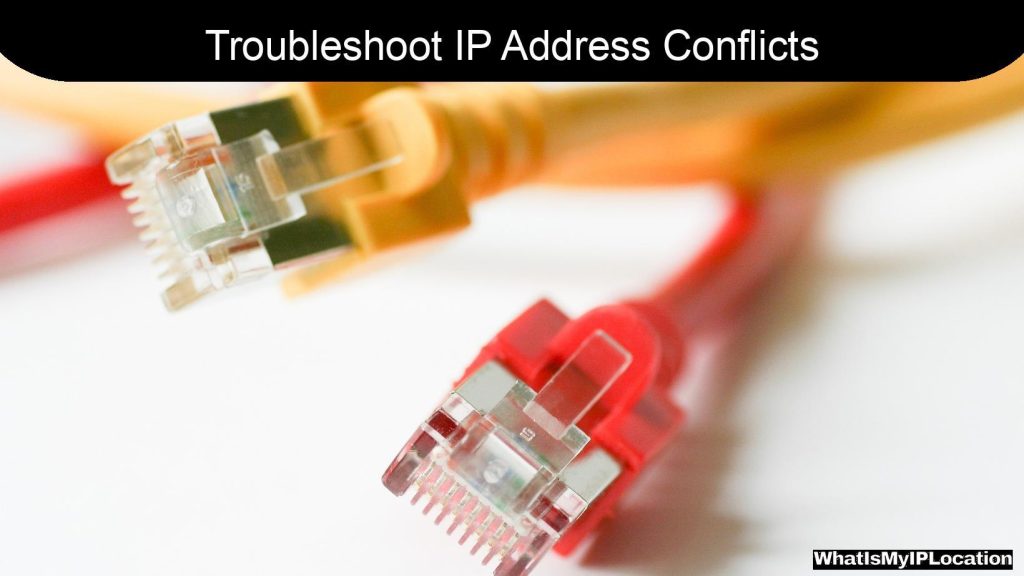Network devices are hardware components that facilitate communication and data transfer between computers and networks. They manage traffic, enhance connectivity, and provide security, ensuring seamless access to information and resources.
When you think about the internet and all the cool stuff we can do online, it’s easy to forget about the behind-the-scenes tech that makes it all happen. Network devices are the unsung heroes of our digital world. They help us connect, communicate, and share information. So, let’s break it down and see what these devices are all about and how they make our lives easier.
What Are Network Devices?
At its core, a network device is any gadget that helps connect computers and other devices to share data. Think of them as the traffic lights and roads of the internet. Without them, our data would be lost in the digital wilderness. Here are some of the main types of network devices:
1. Routers
Routers are like the traffic cops of your home network. They direct data between your devices and the internet. When you send a message or stream a video, the router makes sure it gets to the right place. It also helps keep your network secure by acting as a barrier between your devices and the outside world.
2. Switches
Switches are the connectors. They link multiple devices within a local network, like your home or office. If you have a bunch of computers, printers, and other gadgets all connected, the switch helps them communicate with each other. It’s like a party planner making sure everyone knows where to go and what to do.
3. Modems
A modem is what connects your home network to the internet. It takes the signals from your internet service provider (ISP) and translates them into a format your devices can understand. Think of it as the translator at a global conference, making sure everyone can communicate.
4. Access Points
Access points extend your Wi-Fi coverage. If you’ve ever been in a big house or office and noticed that the Wi-Fi signal drops in certain areas, that’s where access points come in. They help spread the signal so you can stay connected no matter where you are.
5. Firewalls
Firewalls are like the security guards of your network. They monitor incoming and outgoing traffic and block anything suspicious. This helps protect your devices from hackers and malware. It’s like having a bouncer at a club, making sure only the right people get in.
How Do Network Devices Work Together?
Now that we know what network devices are, let’s see how they work together. Imagine you’re at home, streaming your favorite show. Here’s what happens:
- Your device sends a request to the router to access the internet.
- The router checks the request and sends it to the modem.
- The modem connects to your ISP and retrieves the data.
- The data travels back through the modem to the router.
- The router sends the data to your device, and voilà! You’re watching your show.
This whole process happens in the blink of an eye, thanks to the teamwork of these network devices.
Why Are Network Devices Important?
Network devices are crucial for several reasons:
1. Connectivity
They allow us to connect multiple devices, whether at home, school, or work. This means we can share resources like printers and files easily.
2. Communication
Network devices enable communication between devices. Whether it’s sending an email, making a video call, or chatting with friends, these devices make it possible.
3. Security
With the rise of cyber threats, having devices like firewalls is essential. They help protect our personal information and keep our networks safe.
4. Performance
Good network devices can improve the speed and reliability of your internet connection. This means less buffering when you’re streaming and faster downloads.
Common Questions About Network Devices
What’s the difference between a router and a modem?
A router connects your devices to the internet, while a modem connects your home network to your ISP. Sometimes, these devices are combined into one unit, but they serve different purposes.
Can I use multiple routers in my home?
Yes! If you have a large home, you can use multiple routers to extend your Wi-Fi coverage. Just make sure they’re set up correctly to avoid interference.
How do I know if I need a new router?
If your internet is slow, you frequently lose connection, or your devices can’t connect, it might be time for an upgrade. Newer routers offer better speed and coverage.
What is a network switch used for?
A network switch connects multiple devices within a local network, allowing them to communicate with each other. It’s especially useful in offices with many computers.
How can I improve my Wi-Fi signal?
To boost your Wi-Fi signal, try moving your router to a central location, reducing interference from other devices, or adding access points to extend coverage.
The Future of Network Devices
As technology continues to evolve, so do network devices. With the rise of smart homes and the Internet
